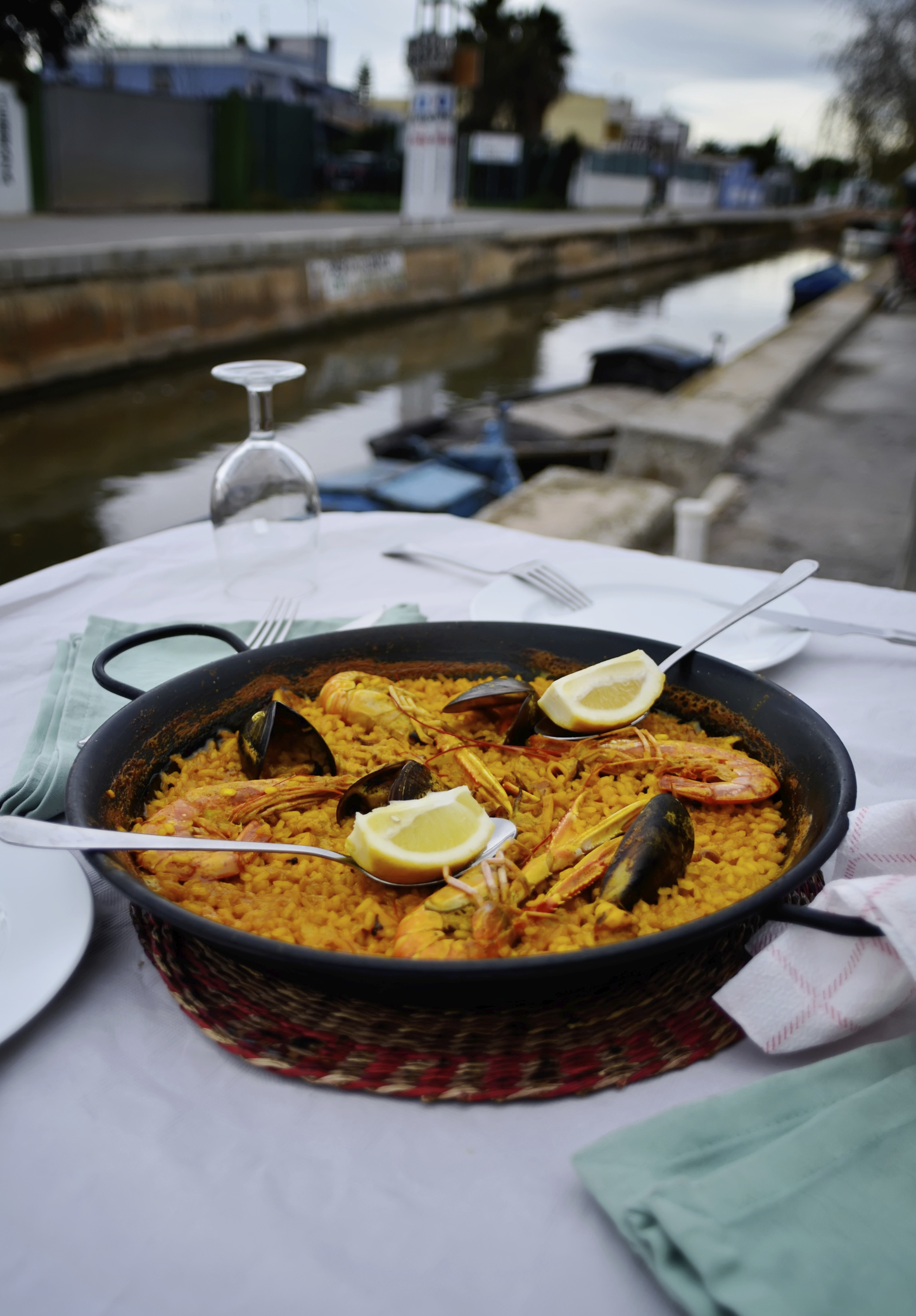


On the east coast of the Iberian Peninsula, Valencia is the third largest city in Spain famous for its Fallas Festival and being the birthplace of paella. With a vibrant reputation and an international airport there’s plenty to do and see, from attractive architecture to spectacular scenery.
The city was founded in 138 BC under the Romans and was a major Mediterranean economy by the 15th century, benefitting from a dynamic arts movement. Today Valencia has embraced tourism with expansive beaches, 40 museums and over 1,500 restaurants. Contact your personal travel manager to arrange your vacation in Valencia.
City of Arts and Science
The city is an entertainment based cultural and architectural complex consists of six regions, each offering unique architecture and character. El Palau de les Arts Reina Sofia was designed to be the largest opera house in the world and benefits from mind-boggling technology. An Imax theatre Planetarium and Laseriumare located in a peculiar building called the L’Hemisferic, designed to resemble an eye. The city also has an interactive museum of science that resembles the skeleton of a whale containing numerous displays designed to capture your imagination.
Monasterio de San Miguel de los Reyes
This monastery of San Miguel de los Reyes has had a diverse range of uses over the years. Originally a Muslim farmhouse, the building became a Cistercian monastery in the 14th century and a Hieronymite monastery two hundred years later. The ancient structure’s perpetual use has entwined the monastery in Valencian history, and aptly currently houses the city’s library.
Valencia’s Beaches
Once speckled by a network of fishing villages, the coast adjacent to Valencia has been swallowed up by the city’s expansion. The three beaches of Las Arenas, La Malvarrosa and Alboraya attract thousands of visitors annually, with the majority walking across all three. It is recommended to tackle the coastal walk early in the morning, before the heat of the midday sun.
Bioparc
Bioparc is a ten-hectare zoo employing ‘zoo-immersion’, a philosophy and design technique that aims to immerse visitors in the recreated animal habitats and not vice versa. Dubbed a new generation of zoo, Bioparc Valencia is dedicated to captive breeding programs without traditional railings and cages using instead rivers, ponds, streams and rocks to separate visitors from the animals alluding to a sense of continuity between enclosures. Highlights of Bioparc include the elephants, leopards, lions and gorillas with great care taken to reproduce their native eco-systems, including a large and important collection of African fauna and flora.
Visit Valencia for a truly creative and unique experience, like none other world-wide. Contact your personal travel manager for available options- http://www.travelmanagers.com.au/ptm-search/